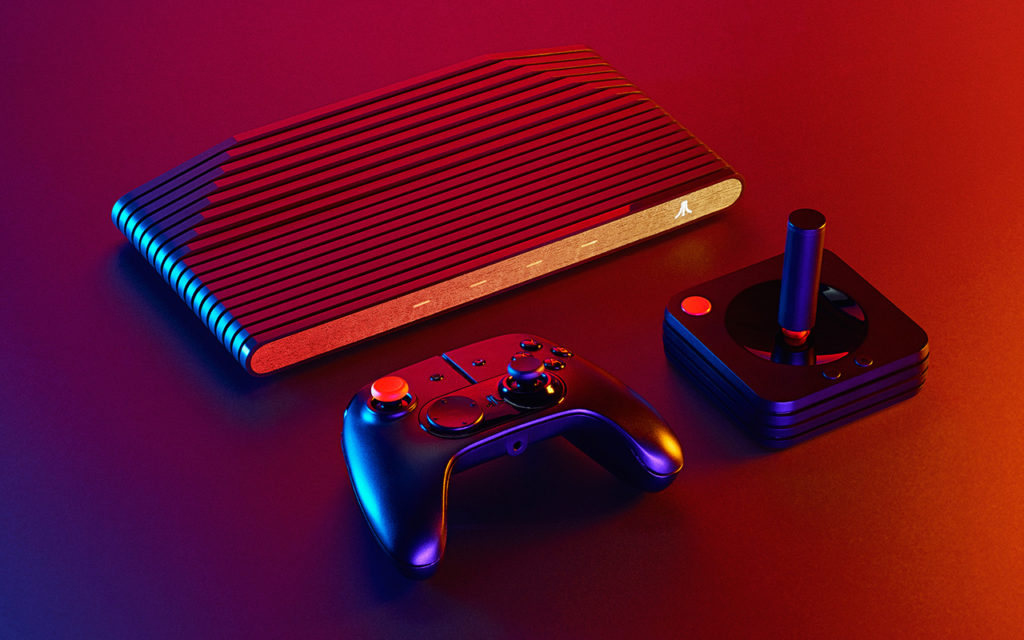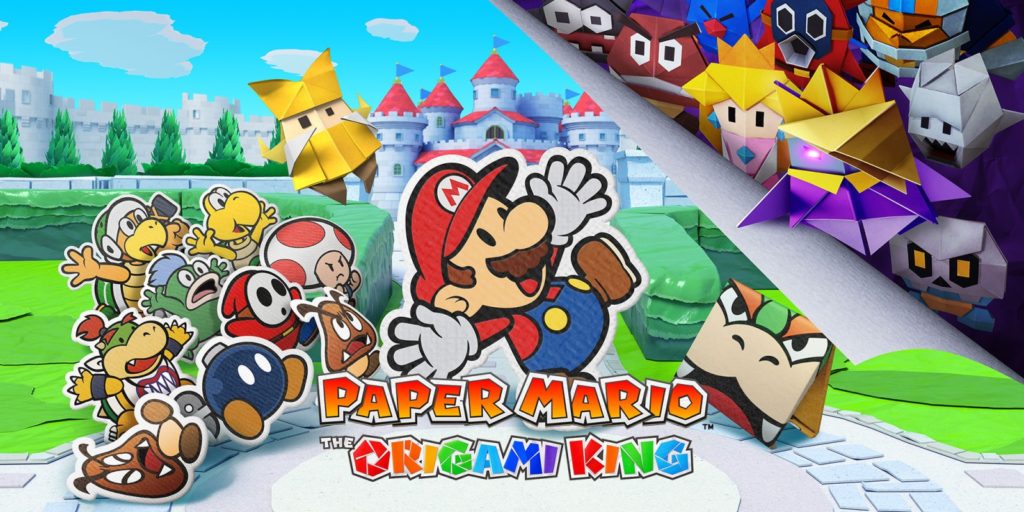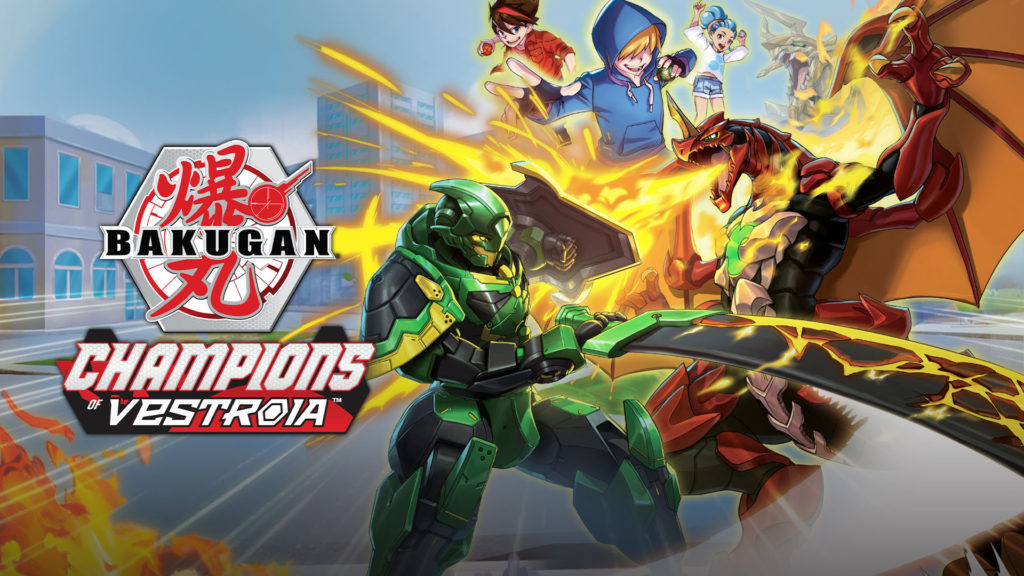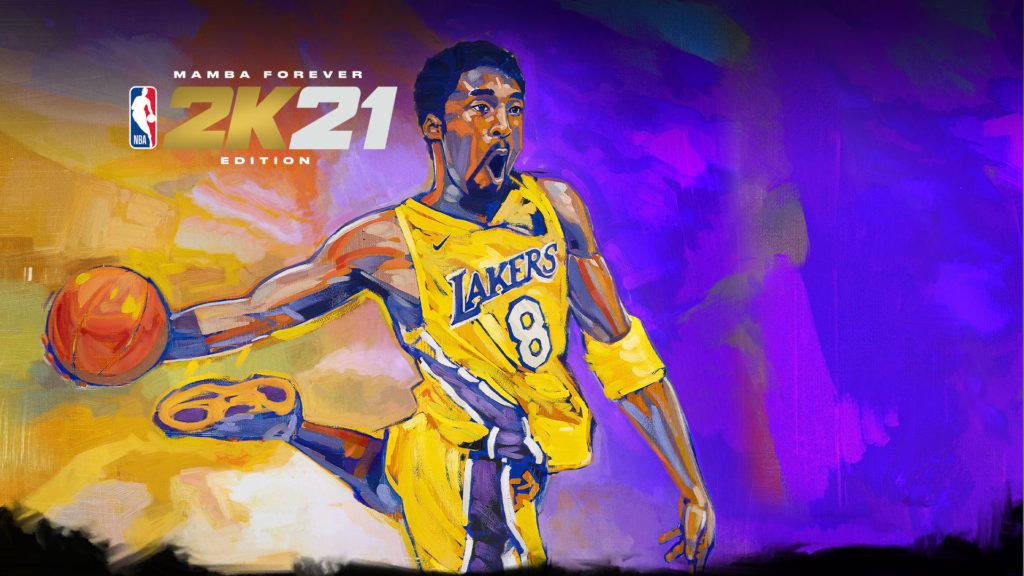Alex Birlo on July 11, 2020
All of us must have heard, at least once or twice, in the past 3 years about the fact that the current owners of Atari had the intention to join in on the trend of re-releasing classic gaming consoles in a small and modernized fashion.
Quickly recapping the history of the whole endeavor. Back in 2017 during E3 we saw a teaser for the console and pre-orders of the console were expected to begin by the end of that same year but ended up delayed.
The pre-orders began later in May 2018 exclusively through the fundraising page on “Indiegogo”, and the shipping date was expected to be somewhere in the first half of 2019. And it went extremely well, as the project raised over 2.25 million US dollars only in its first two days!
At the beginning of 2019 Atari announced that they have to delay the release date to the end of 2019. And the trend of delays and setbacks continued as by the end of the summer no functional version of the product was demonstrated and in October 2019, closer to when everyone thought they will have the console, Rob Wyatt who was the lead architect for the project – resigned.
The reason was, as Wyatt stated, that Atari had not paid his company for almost six months of design work on the new console. Later he filled a lawsuit against Atari to recover the payment.
The console was then moved to March 2020, but then it was delayed once again due to the COVID-19 pandemic.
And now, we finally have shipping dates for the console and its versions, their exact pricing, and specs.
The Atari VCS 800 system is constructed with an AMD Ryzen Embedded SoC, and has 32GB of storage and 8GB of DDR4 RAM. It also is known to operate using a custom Linux OS. And the VCS 400 model will have 4GB of RAM
The base console, with nothing accept the console, will cost 280 USD for the 800 model and 250 USD for the 400 model.
The controllers separately will cost you 50 USD for the classic joystick and 60 USD for the modern controller.
You can also purchase everything in a complete bundle: VCS 800 console, classic joystick, and modern controller at a whapping 390 USD. Just as a comparison, around the same price you can buy a PlayStation 4 Pro these days, by just checking Amazon.
As for the current delivery date for those who preordered on “Indiegogo” – it is set for October 2020.

Back in May Publisher 2K and developer Hangar 13 announced their plans for remaking the first Mafia game that had originally released back in August 2002 for the PlayStation 2, Xbox, and PC. Alongside that, they also announced their decision to re-release the second and third games with better graphics – which are already available for purchase.
This week, however, on the official “Mafia: Trilogy” twitter, the developer and publisher released a joint statement where they notify players that the game has been delayed due to the COVID-19 pandemic.
In the tweet they say “Mafia: Definitive Edition will now release worldwide on September 25. Though we’d originally planned to release the game one month earlier on August 28”
They go on to say that finalizing the project in these circumstances became “increasingly challenging” and they do not want to compromise the quality of the project.
They explain that for them it is a passion project and that many of those working on it had worked on the original Mafia and what to deliver it in the best shape possible.
But it is not all bad news! The developers announced that on July 22-nd they will give us an extended look at some gameplay and right now you can go over to their YouTube channel and see a short 15-second teaser.
A development update for Mafia: Definitive Edition pic.twitter.com/6ahAqZZTOV
— Mafia: Trilogy (@mafiagame) July 7, 2020
On Friday Nintendo hosted a “Nintendo Treehouse Live” where they showed gameplay for the new “Paper Mario: The Origami King” and “Bakugan: Champions of Vestroia”
Starting with Paper Mario, they showed the new story elements the game is going to revolve around: The Paper Mario world is being slowly taken over by the new villain – the Origami King. He is folding up all the paper inhabitants into origami and Mario is trying to stop him.
The gameplay has some familiar features from previous games – for example, like in Colour Splash you had to color-in white spots scattered around the world, this time you collect pieces of paper to fix holes that were torn by the enemy minions.
The Battle system is Ring-based: when you engage in combat Mario is placed in the center of the arena while the enemies scatter around him on rings, that are segmented into tiles.
In the first phase of your turn, you are solving a mini-puzzle. You use different directional controls to rearrange the rings and tiles to place the enemies in various patterns based on what type of attack you wish to use on them. The better you do that, the more damage multiplier you will achieve.
When it comes to boss fights the playing field flips – the boss is in the center of the arena and Mario has to arrange the rings and tiles in such a way that he safely reaches the boss in the middle and causes damage.
All in all, the game looks very similar to the previous ones, the design is good as usual and the game is crafted with loads of easter eggs and secrets to uncover. But for some people that might not be enough to sell them on the idea of playing another Paper Mario game.

Nintendo also showed a new Bakugan game – “Bakugan: Champions of Vestroia”. That came as a surprise to many, and for some as a disappointment.
The game is sectioned into small “open-world-ish” locations, that are mostly empty with the exception of the NPCs you will meet and brawl with.
The battle system is making an attempt to seem more dynamic, but it essentially boils down to running around the field and collecting “Baku-cores”, which are energy sources, and throwing them at your giant, transformed Bakugan fighting in the center of the field.
When you collect enough energy, you can command your beast to use one of four equipped abilities to deal actual damage to the enemy.
The game feels outdated even for a small Nintendo Switch game – the animations are awkward, the character faces are static and the dialogue seems to not even be voiced this time around.

Over the past week “NBA 2K21” caused a number of extensive discussions as to whether it is justified for companies to start charging more than the standard 60 USD for their games.
The situation is that 2K released a convoluted chart of their preorder program for the next NBA 2K game. And in that chart, we can see that the next-gen versions of the base game will be priced 10 dollars more, at 69.99 USD.
This has become a reason for concern for many gamers and journalists as this creates a potential precedent for other companies to do the same. And this concern is justified, though it might turn out to simply be a false alarm and actually backfires for the franchise.
Looking at the data from any sources, the major and relatively major video game companies are on the rise. With increases of up to 12% in their margins over the already existing YoY profit.
In the case of “NBA 2K”, Game Spot reported that back in 2019, the recurrent consumer spending growth rate for NBA 2K19 was 140%. The purchase of virtual currency, add-on content, and in-game purchases was up 31% and comprised 58% of Take-Two’s total GAAP net revenue ($313.5 million) for the period ($540.5 million).
Thus the idea itself that the video game industry is strained and bursting at the seams – unable to pay the bills or sustain its operations – is out of the question.
When the industry presents us with such growth data we can understand it by looking at what are actually the sources of revenue for those said video game companies.
The price of games has not risen for many years now, that is correct, but the business practices of these companies have changed dramatically.
What revenue is lost due to the stable 60 USD price tag is compensated by many factors:
Firstly, every game is now released with optional “special” editions, “gold” editions, “ultimate” and “collector’s” editions, which can go up to and above the hundred-dollar mark.
Game development cycles are adopted to create extra content that is not included in the base game. This content is being marketed as expansions and DLCs that further enlarge or enhance the plyer’s experience in the game.
This, in turn, allows the companies to sell “season passes” and “battle passes”. Which also benefits them as it increases the retention factor and keeps the game in players’ minds for prolonged periods of time and creates a “seemingly” increased value for the game.
And of course – microtransactions. Even single-player games such as “Assassin’s Creed” have cosmetic microtransactions in them, not to speak about multiplayer games like “Overwatch”.
And in this case, we talk about NBA 2K, which is even being at the center of the spotlight for having their microtransactions displayed as an in-game casino! And children playing the game end up spending actual money on actual slot machines!
Expansions, DLCs, and Season passes are not all bad. There are games that actually get them right. And the “Games as a Service” concept is an appealing one since it potentially prolongs the “life-span” of games we love – when done right.
Even microtransaction can be justified as a business model if the game is Free-to-play. And that brings us back to the idea of price increase.
From a development standpoint – there is no guaranty that the additional revenue, from the price increase, is actually going to go to the developers and solve crunch problems, extend development cycles, etc.
And from a business standpoint – we also know that companies have developed, changed, and adopted so as to not only be sustainable, with a stable price of 60 USD but also be profitable and increase profit margins.

The video game industry is one of a few industries where the buyers are not only “consumers that consume” but also dictate the rules.
At the baseline, people who love playing video games are people who possess – emotional intellect. That which creates a unique ecosystem of people who care about the art, the tech, and the people behind this entertainment medium.
Sources:
Atari official website: https://atarivcs.com/
Atari Indiegogo page: https://www.indiegogo.com/projects/atari-vcs-game-stream-connect-like-never-before#/
Take Two Interecative earnings call: https://edge.media-server.com/mmc/p/83xc5icr NBA 2K19 microtransactions revenues – GameSpot: https://www.gamespot.com/articles/nba-2k19s-microtransactions-are-incredibly-popular/1100-6468923/